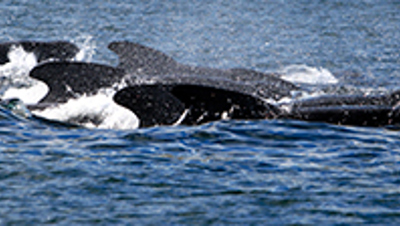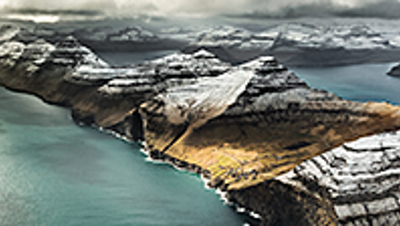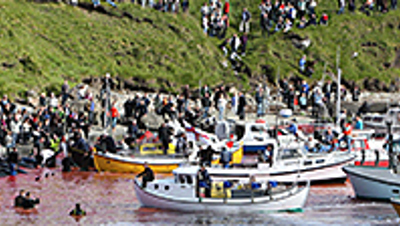Sustainable
The pilot whale population in the eastern North Atlantic is estimated to be 380,000 animals, with 100,000 in the area around the Faroe Islands. The annual average catch of pilot whales in the Faroe Islands is around 600.Regulated
Whaling in the Faroe Islands has been regulated for centuries. The law explicitly states that the hunt is to be conducted in such a way as to cause as little suffering to the whales as possible.Communal
The pilot whale catch in the Faroe Islands is a community-based activity, as it has always been, and the meat and blubber is divided fairly according to local and traditional customs.Natural
The use of locally available wildlife is still a natural part of life in the Faroe Islands, which is a modern society closely in touch with its unique natural environment.Food
Faroese food culture has been shaped over the centuries under harsh natural conditions. It is a living, functional and vital part of modern Faroese culture and identity.










